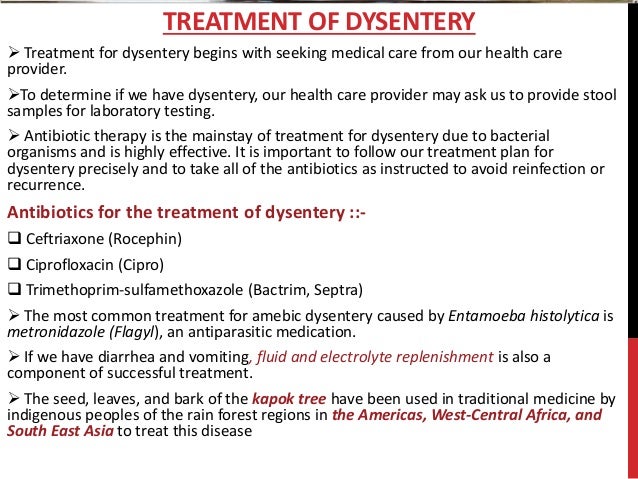Understanding Dysentery

Before implementing prevention initiatives, it is crucial to understand the causes, symptoms, and modes of transmission of dysentery. The most common causes of dysentery are:
- Bacterial infections, such as Shigella, Salmonella, and E. coli
- Viral infections, such as Rotavirus and Norovirus
- Parasitic infections, such as Giardiasis and Amoebiasis
Dysentery can spread through:
- Contaminated food and water
- Poor hygiene practices, such as not washing hands regularly
- Direct contact with an infected person
- Contaminated surfaces and objects
Workplace Initiatives for Dysentery Prevention
To prevent dysentery in the workplace, employers can implement the following initiatives:
- Promote Good Hygiene Practices: Encourage employees to wash their hands regularly, especially after using the bathroom, before eating, and after handling food. Provide soap, water, and paper towels in the restroom and encourage employees to use them.
- Provide Clean Water and Sanitation Facilities: Ensure that the water supply is safe and clean, and that sanitation facilities are well-maintained and easily accessible.
- Implement Food Safety Measures: Ensure that food is handled, stored, and cooked safely. Implement a food safety policy that includes regular cleaning and disinfection of food preparation areas, utensils, and equipment.
- Encourage Personal Hygiene: Encourage employees to practice good personal hygiene, such as showering or bathing regularly, wearing clean clothes, and using deodorant or anti-perspirant.
- Conduct Regular Health Checks: Conduct regular health checks for employees, especially those who handle food or work in high-risk areas, to detect any signs of dysentery or other infectious diseases.
- Develop an Infection Control Policy: Develop an infection control policy that outlines procedures for preventing the spread of infectious diseases, including dysentery.
- Provide Training and Education: Provide training and education to employees on dysentery prevention, symptoms, and treatment. This can include workshops, seminars, and posters.
- Encourage Reporting of Symptoms: Encourage employees to report any symptoms of dysentery or other infectious diseases to their supervisor or HR department.
Additional Initiatives for High-Risk Industries
For industries that are at high risk of dysentery outbreaks, such as food processing, healthcare, and hospitality, additional initiatives can be implemented:
- Implement Enhanced Cleaning and Disinfection Procedures: Implement enhanced cleaning and disinfection procedures for high-risk areas, such as food preparation areas, patient rooms, and bathrooms.
- Use Personal Protective Equipment (PPE): Use PPE, such as gloves, masks, and gowns, to prevent the spread of infectious diseases.
- Implement a Vaccination Program: Implement a vaccination program for employees who are at high risk of contracting dysentery or other infectious diseases.
- Conduct Regular Environmental Cleaning and Disinfection: Conduct regular environmental cleaning and disinfection of high-risk areas to prevent the spread of infectious diseases.
Benefits of Dysentery Prevention Workplace Initiatives
Implementing dysentery prevention workplace initiatives can have numerous benefits, including:
- Reduced Absenteeism: By preventing dysentery outbreaks, employers can reduce absenteeism and maintain productivity.
- Improved Employee Health: Dysentery prevention initiatives can improve employee health and well-being, reducing the risk of serious illness and death.
- Reduced Healthcare Costs: By preventing dysentery outbreaks, employers can reduce healthcare costs and minimize the financial burden of treating infectious diseases.
- Enhanced Reputation: Employers who prioritize employee health and safety can enhance their reputation and attract top talent.
Frequently Asked Questions (FAQs)
- What is dysentery, and how is it spread?: Dysentery is a highly infectious disease caused by bacterial, viral, or parasitic infections. It can spread through contaminated food and water, poor hygiene practices, direct contact with an infected person, and contaminated surfaces and objects.
- What are the symptoms of dysentery?: The symptoms of dysentery include severe diarrhea, abdominal pain, and bloody stools.
- How can dysentery be prevented in the workplace?: Dysentery can be prevented in the workplace by promoting good hygiene practices, providing clean water and sanitation facilities, implementing food safety measures, and conducting regular health checks.
- What are the benefits of implementing dysentery prevention workplace initiatives?: The benefits of implementing dysentery prevention workplace initiatives include reduced absenteeism, improved employee health, reduced healthcare costs, and enhanced reputation.
- What industries are at high risk of dysentery outbreaks?: Industries that are at high risk of dysentery outbreaks include food processing, healthcare, and hospitality.
Conclusion
Dysentery is a highly infectious and debilitating disease that can spread quickly in the workplace, affecting employee health, productivity, and overall business performance. By implementing effective dysentery prevention workplace initiatives, employers can protect their employees, maintain a healthy work environment, and reduce the risk of dysentery outbreaks. These initiatives include promoting good hygiene practices, providing clean water and sanitation facilities, implementing food safety measures, and conducting regular health checks. By prioritizing employee health and safety, employers can enhance their reputation, attract top talent, and maintain a competitive edge in the market. Remember, prevention is key, and by working together, we can prevent dysentery outbreaks and maintain a healthy and productive workforce.
Closure
Thus, we hope this article has provided valuable insights into Dysentery prevention workplace initiatives. We thank you for taking the time to read this article. See you in our next article!